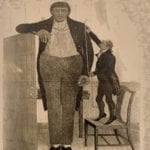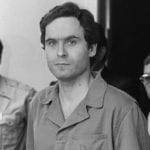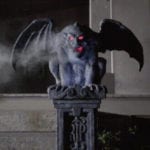 Mysteries
Mysteries  Mysteries
Mysteries  Music
Music 10 Musicians Who Changed How Everyone Plays Their Instruments
 Humans
Humans 10 Inventors Who Died Awful Deaths in Their Own Creations
 Animals
Animals 10 Ways Animals Use Deception to Survive
 Movies and TV
Movies and TV 10 Misdirections Directors Used to Manipulate Actors
 Politics
Politics The 10 Boldest Coup Attempts of the 21st Century
 Weird Stuff
Weird Stuff 10 Things That Would Have Killed You in the Old West
 Books
Books 10 Pen Names More Famous Than Their Authors
 Creepy
Creepy 10 Unnerving Legends from Around the World
 Movies and TV
Movies and TV 10 Amazing Lead Actor Ideas for Superhero Movies
 Mysteries
Mysteries 10 Bizarre, Little-Known Phenomena
 Music
Music 10 Musicians Who Changed How Everyone Plays Their Instruments
 Humans
Humans 10 Inventors Who Died Awful Deaths in Their Own Creations
Who's Behind Listverse?

Jamie Frater
Head Editor
Jamie founded Listverse due to an insatiable desire to share fascinating, obscure, and bizarre facts. He has been a guest speaker on numerous national radio and television stations and is a five time published author.
More About Us Animals
Animals 10 Ways Animals Use Deception to Survive
 Movies and TV
Movies and TV 10 Misdirections Directors Used to Manipulate Actors
 Politics
Politics The 10 Boldest Coup Attempts of the 21st Century
 Weird Stuff
Weird Stuff 10 Things That Would Have Killed You in the Old West
 Books
Books 10 Pen Names More Famous Than Their Authors
 Creepy
Creepy 10 Unnerving Legends from Around the World
 Movies and TV
Movies and TV 10 Amazing Lead Actor Ideas for Superhero Movies
10 Tales From The Real-Life ‘Inglourious Basterds’
Quentin Tarantino’s 2009 film Inglourious Basterds tells the story of a group of Jewish commandos who go around killing Nazi officers for revenge. While the movie is obviously fictional, there were groups of Jewish commandos who operated during and after World War II against the Nazis. Their exploits are not as bloody as the Tarantino movie, but their stories show that reality is just as interesting as fiction. Those three groups were the X Troop, Operation Greenup, and the Nakam.
10 The X Troop
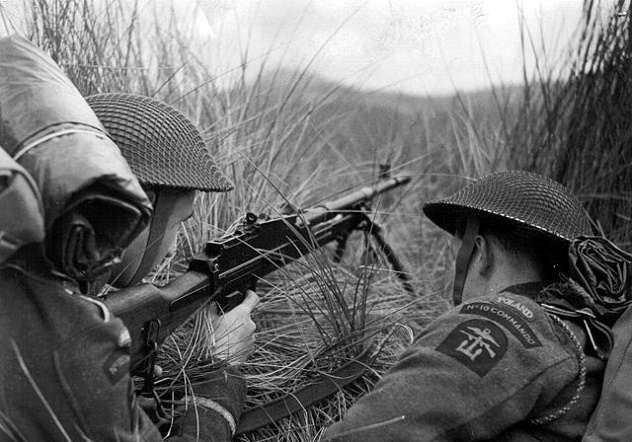
During World War II, the British had a unique unit of commandos known as the No. 10 (Inter-Allied) Commando, part of the Special Services Brigade. This group of commandos came from various countries—including Norway, France, and Poland (pictured above)—that wished to fight with the British against the Nazis. However, the most interesting part of the group was the No. 3 Troop, known as the X Troop.
Unlike the other troops in the No. 10, the X Troop had various nationalities in it. The X in its name signified “miscellaneous,” since they did not fall into any one nationality. Even though they came from diverse places, the X Troop members all had one thing in common. Nearly all of them were German-speaking Jewish refugees, mostly from Germany and Austria.
The X Troop was kept secret from the rest of the Allied war effort due to their special training. While they had the normal skills expected of commandos, members were also trained for deep penetration raids to get behind enemy lines and conduct operations that no other commando team could. The commandos usually came from other units where their commanders recognized their special skills. Their job was extremely dangerous since they were traitors to the German war effort and also Jewish. Any captured commando would inevitably face the death sentence and would risk the lives of their extended family in Nazi-occupied Europe. Still, the X Troop knew they needed to fight.
9 X Troop Fought In Insane Conditions
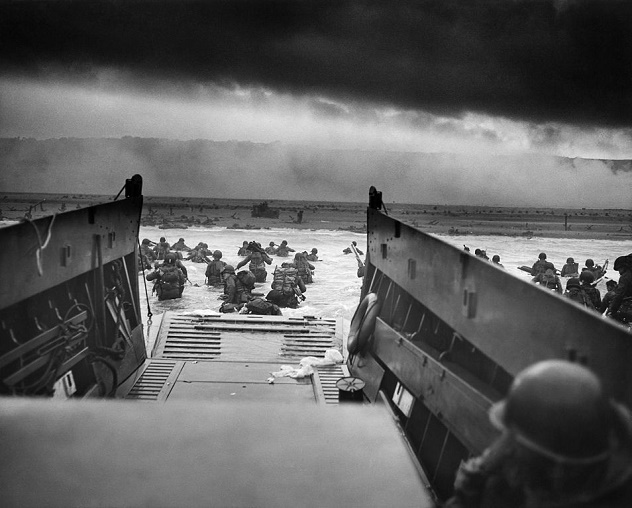
Throughout the war, there were only 88 members of the X Troop, and they never fought as a single unit. The commandos would split up on various missions behind enemy lines. The X Troop commandos would often fight alone and at night, getting deep behind enemy lines to conduct missions of sabotage or recon. They were also known for their adept interrogation skills and their knowledge of German training and weaponry, gleaned from years spent in Germany and Austria.
Peter Masters was an X Troop commando during the D-Day invasion and later wrote a book about his experiences in the war. When his commando team landed on the beaches, they were only armed with a few weapons and collapsible bicycles. Once the beach was secure, Masters’s group rode their bicycles ahead of a unit of English soldiers to get information about German troop locations.
When they approached a German village, the captain of the regular English troops decided to use the X Troop commandos to draw the fire of the German soldiers. The Germans took the bait and fired on the bicycle commandos, and one was hit and killed. Diving for cover, Masters found himself face to face with a young German soldier. Both soldiers fired at each other but missed. As he scrambled around in the dirt, the British soldiers led a bayonet charge into the city, having seen where the gun emplacements were. When the battle ended, the British commander had Masters go and apologize to the injured German soldiers. This was all in a day’s work for the X Troop.
8 Accent Shenanigans And Being Captured
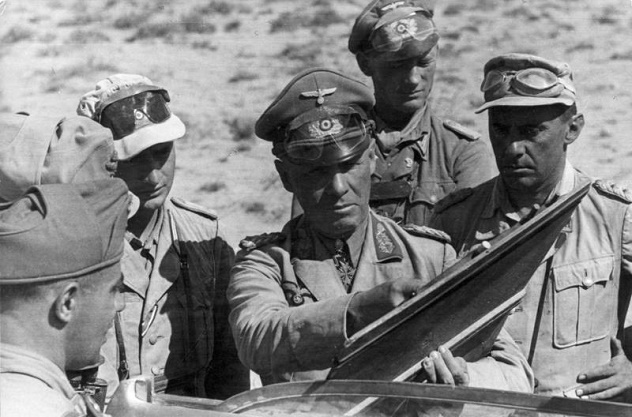
Because the X Troop identities and missions were heavily classified, they had to keep much of their lives secret. British commanders thought it was important that their true nature as Jewish refugees should stay a secret. All were German-speaking, so they usually spoke English with an accent that could easily tip off other soldiers to their true identities. Thus, each soldier had convoluted stories about why they had weird accents. Peter Masters relied on a story about being raised in Vienna by British traveling salesmen.
Due to their Jewish identities, the accents, stories, and fake backgrounds also had practical value in the field. The Germans would not show mercy to these Jewish commandos if they could capture them, so each one had to know their cover identity extremely well. Along with the fake background was a fake, English-sounding name they could use. (“Peter Masters” is one example.)
The fake identities saved one X Troop commando named George Lane. German soldiers captured him while he was commanding raids on the French coast before D-Day. Instead of executing Lane on the spot, they brought the commando to Field Marshal Erwin Rommel, pictured above. Knowing that he was in danger, Lane pretended he didn’t understand German. To not arouse the field marshal’s suspicions, Lane told Rommel that he was Welsh, which explained why he spoke English with a strange accent. Rommel believed him, and the two had a lengthy, friendly conversation. Instead of being executed, Lane spent the rest of the war in a German POW camp and survived to tell the story.
7 Operation Greenup
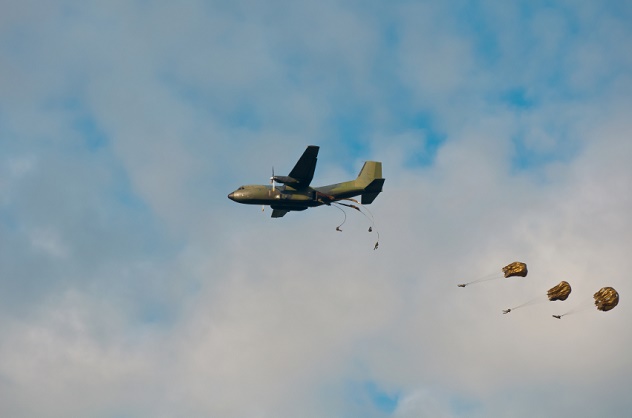
The British were not the only ones who used Jewish commandos during World War II. While the United States did not have their own special group, the Office of Strategic Services had many operatives that they used to infiltrate German lines. The OSS was always on the lookout for people who could speak German and had knowledge of Continental Europe. Three of these German-fluent operatives participated in Operation Greenup, the real-life Inglorious Basterds of the US.
The operation was a recon mission conducted by three men. The leader was Frederick Mayer, the son of a Jewish-German World War I soldier that emigrated to the United States after the war. Along with him was Hans Wijnberg, a Dutch Jew who moved to America in 1938 and whose family died in the Holocaust. They also enlisted the help of Franz Weber, a German deserter. The three parachuted near Innsbruck from a modified B-24 in February 1945 with the goal of finding out information on German troop movements.
Mayer had a stolen German army uniform and started to mix it up with locals. With his German language skills, Mayer frequented the bars of the city and talked to loose-lipped soldiers. He eventually learned all about German troop movements, aircraft production, and the location of Hitler’s secret mountain hideout. Wijnberg hid in a nearby attic and transmitted the intelligence to the Allies.
6 Captured And Tortured
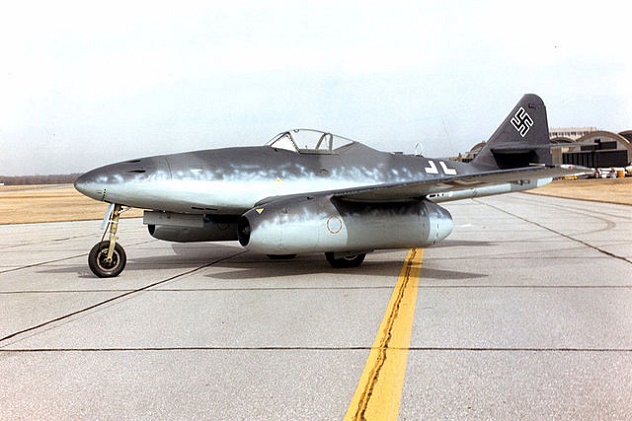
With the mission going well, the Operation Greenup commanders ordered Mayer to go get information on a nearby facility that produced Me-262 jet fighters. Mayer got work as an electrician in the facility and soon learned that no fighters were getting produced due to supply problems. However, local authorities figured out that Mayer was actually a spy and captured him.
The Gestapo officers quickly went to work on the agent. At first, they slapped and beat Mayer with their hands, but they soon realized that the agent was not going to break easily. Due to their anti-Semitism, the Gestapo officers did not suspect that Mayer was Jewish, since they believed Jews were too weak to hold up to interrogation. With their techniques not working, the officers stripped Mayer and whipped him violently with a bullwhip. When Mayer still did not give up any information, they brought out a pail of water and began waterboarding him.
Unable to break Mayer even with the waterboarding, the Gestapo brought Mayer to the local Nazi party boss, Franz Hofer. Hofer had a realistic outlook on the war effort and realized that the Nazis would lose. Since he wanted to surrender to the Western Allies and not the Soviets, Hofer allowed Mayer and Wijnberg to send messages to the OSS negotiating the surrender of Innsbruck. When the US troops showed up in Innsbruck, the town peacefully surrendered thanks to Mayer.
5Frederick Mayer Denied The Medal Of Honor

Mayer returned home and lived out a peaceful life after his war, but remained relatively unknown and unrecognized in the United States. Although the OSS nominated Mayer for the Medal of Honor, the highest military award possible in the United States, the Army denied Mayer any recognition. (The Navy Medal of Honor is shown above.) Even today, Mayer still has not received the reward.
Senator Jay Rockefeller of Wisconsin is a champion of Mayer’s cause and wants to see the war hero receive his due acclaim. In 2013, Rockefeller gave Mayer as many medals as possible, 10 in all, including the Prisoner of War Medal, the World War II Victory Medal, the Parachutist Badge, the Good Conduct Medal, and the Legion of Merit Medal.
In 2014, the White House held a ceremony to give the Medal of Honor to soldiers from World War II, the Korean War, and the Vietnam War who did not receive the medal during their service. Although there was a push to finally give Mayer the award, the request was once again denied. Rockefeller is adamant on getting this war hero his award, and many people who know of Mayer’s heroic exploits want to see the hero get his recognition.
4 The Jewish Avengers
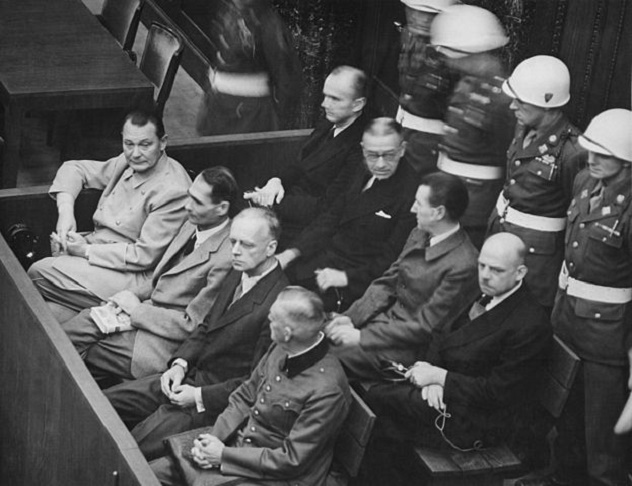
When World War II ended, the various Nazi leaders went to Nuremberg for trial. Nazi officers were tried for war crimes, especially those related to the Holocaust. A good portion of the Nazis walked free, with the tribunal unwilling or unable to indict them. Watching murderers and killers walk free was too much for some Jews.
A group of Jewish partisans and Holocaust survivors formed at the end of the war and called themselves the Nakam, based on the Hebrew word for “avenger.” There were 60 men in Nakam, and they arrived in Germany in 1945 after forming in Bucharest. During a Passover dinner, Abba Kovner, the future unofficial national poet of Israel, stood and addressed a group of Jewish survivors and gave them the charge to fight against the injustices of the international tribunal. He used Psalms 94 for his remarks and told the gathered Nakam that if the international courts would not bring the Nazis to justice, then the Jews would have to take matters into their own hands.
3 Planned To Kill 6 Million Germans

While the Nakam originally planned to just kill German officers who had survived the Nuremberg trials, their plans soon became bigger in scope and much more deadly. At first, the Nakam traveled around Germany in groups of three or four, executing officers who were directly involved with the killing of Jews. When they killed their targets, the Nakam never revealed who they were or why they were killing. Instead the officers were silently executed. One member of the group said the executions were like killing insects.
However, they soon expanded the scope of their operations. Instead of just focusing on officers, most members of the group wanted to fight against the German population. Their plan was to kill six million Germans, an equal amount to the number of Jews killed in the Holocaust. Their main weapon would be poison. Jewish scientists friendly to the group gave the Nakam poison that they could easily slip into water supplies of five major German cities.
Nakam operatives for that mission had their poison on hand and obtained fake travel documents to travel into the occupied zones of Germany. They planned to avoid any areas with Americans in them if possible, but it is unclear how that was going to work. When the operatives’ ship arrived in France, the British discovered the faked travel documents. They also found the poison and threw it overboard. The German cities were spared.
2 Poisoned Stalag 13
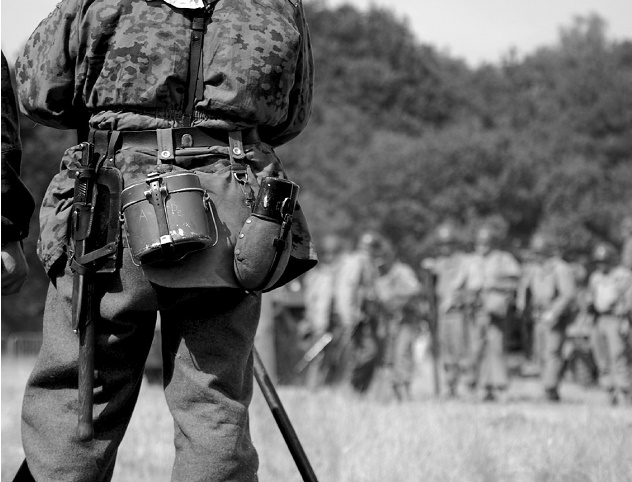
With the water supply plan failing, the Nakam moved on to Plan B, also involving poison. This time they decided to make a smaller strike against a German POW camp called Stalag 13, which held SS officers. Yitzhak Avidav, a leader of the Nakam, helped his men infiltrate the camp and get jobs in the kitchens where they would have direct access to the food prepared for the German prisoners. Armed with arsenic, the Nakam got to work.
On April 14, 1946, the Nakam painted 3,000 loaves of bread with arsenic and gave them to the prisoners. The Germans fell ill almost instantly. In the end, thousands of Germans were poisoned and 300 died. While the plan was successful this time, the small death toll still disappointed the Nakam. Afterward, the Nakam disbanded and went on with their lives. Years later, one of the Nakam stated that the poisoning was “nothing compared with what we really wanted to do.”
1 Postwar Intrigue
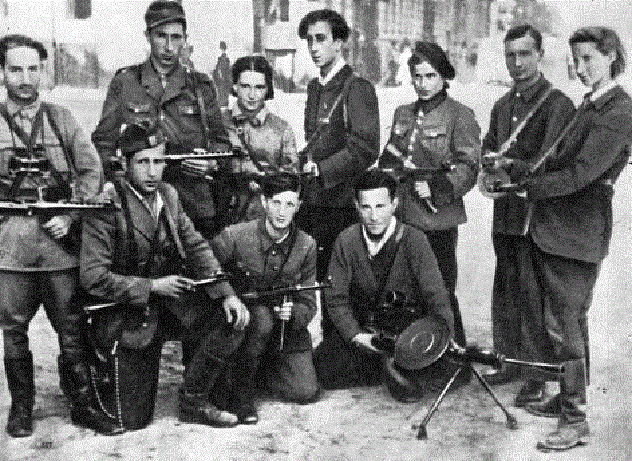
While the story of the Nakam slipped out of the public knowledge, modern information about the group paints a very intriguing picture. Most sources like to portray the Nakam as an independent group operating far outside any official channels, but Nakam veterans have revealed that they had at least the tacit support of Jewish leaders in Tel Aviv, who at the time were attempting to set up a Jewish state.
Leader Abba Kovner tried to gain the support of all the Jewish leadership. At first, the Jewish leaders opposed the plan. David Ben-Gurion, head of the Jewish Agency, was very opposed to the idea, fearing that it would cause a public backlash that would make the creation of an independent Israel even more difficult. The man who would become the first president of Israel, Chaim Weizmann, was aware of the prison camp plan, though he wasn’t told of the mass poisoning plan. Many believe the Nakam operation to bring poison into Europe was stopped because the Zionist leaders contacted by the Nakam had tipped off the British.
Long after the war, the memory of the Nakam still remained in Germany. In May 2000, two members of the Nakam who conducted the Stalag 13 poisoning were brought to trial for attempted homicide. However, the judge ruled that the statute of limitations had run out in this case and dropped all charges against the agents.
Zachery Brasier is a fan of Tarantino movies and military history.


